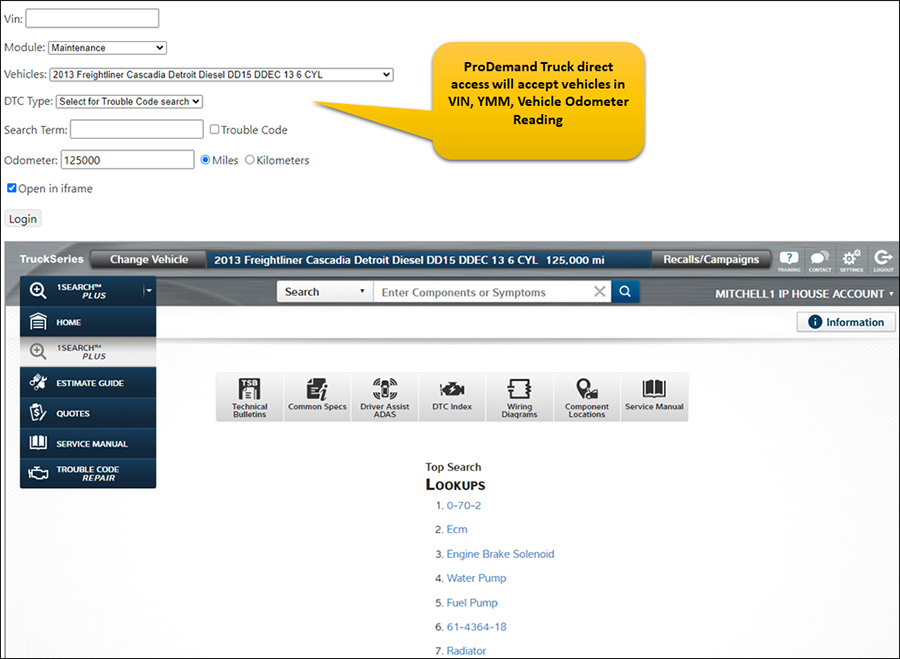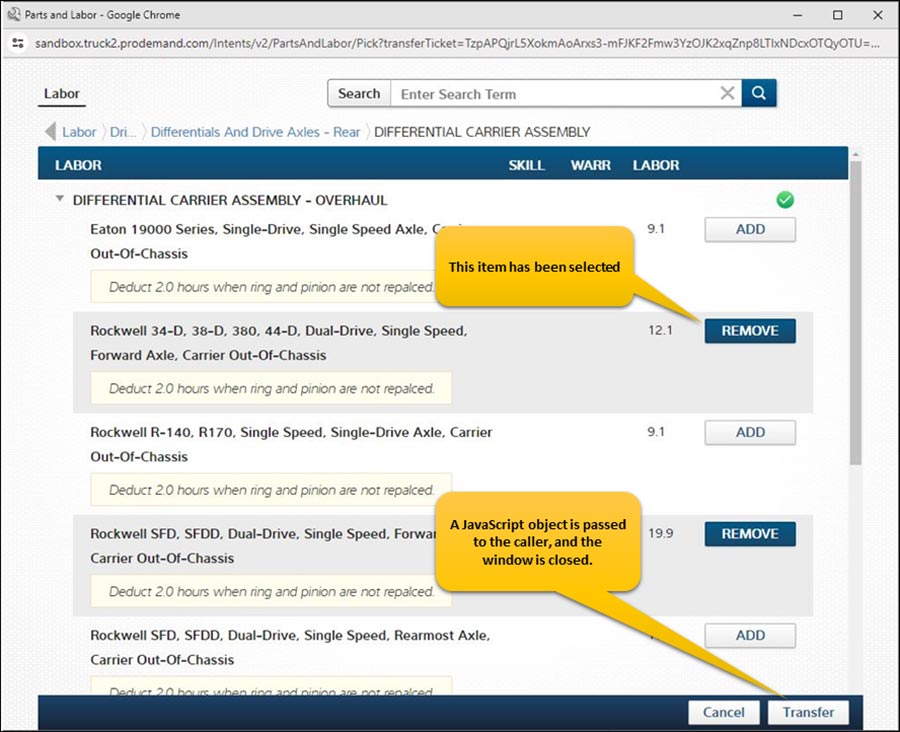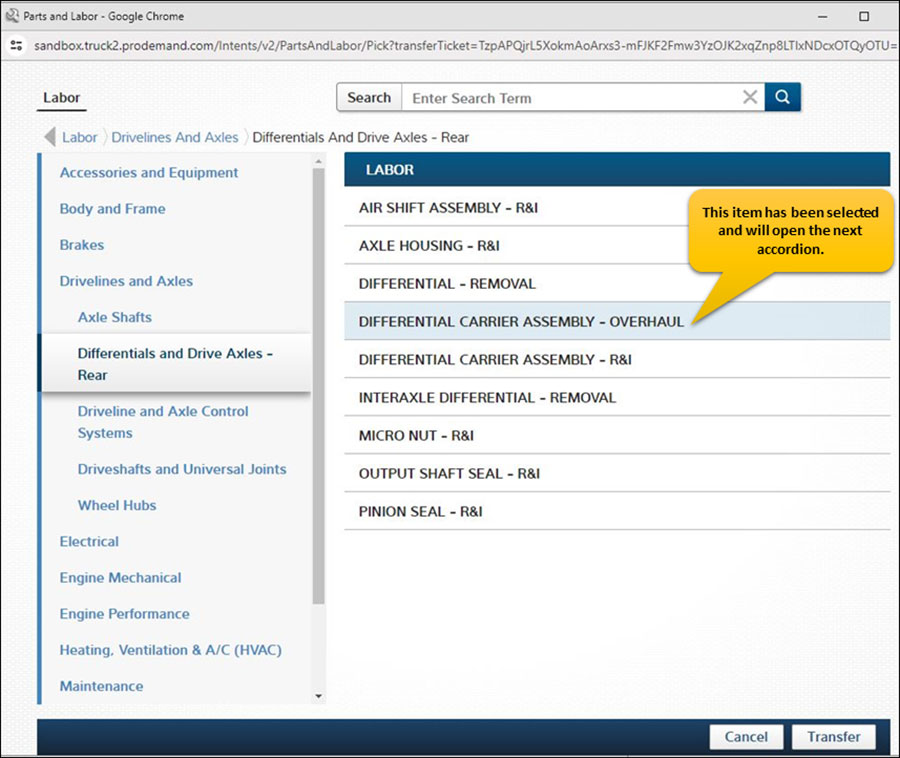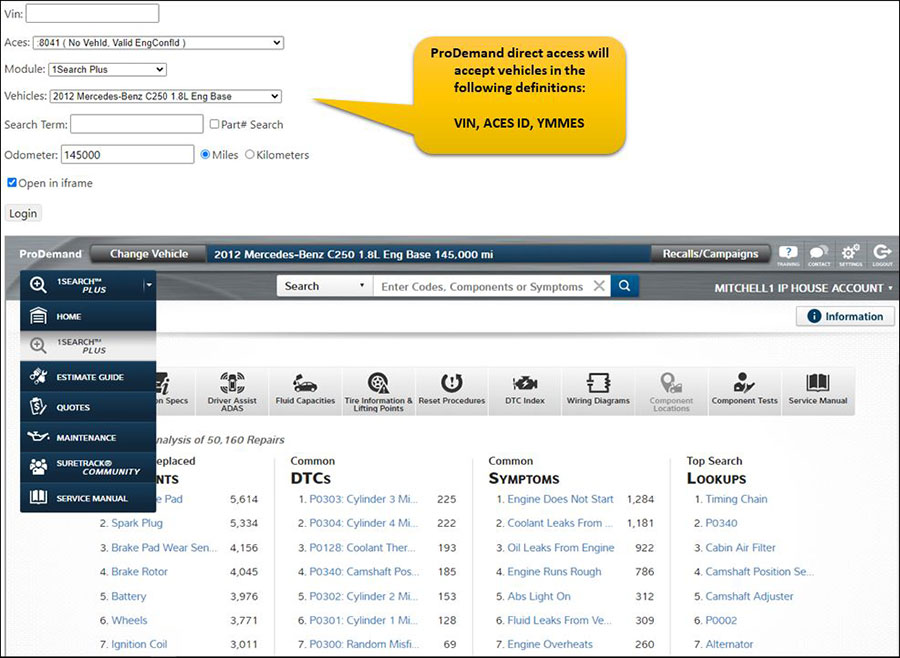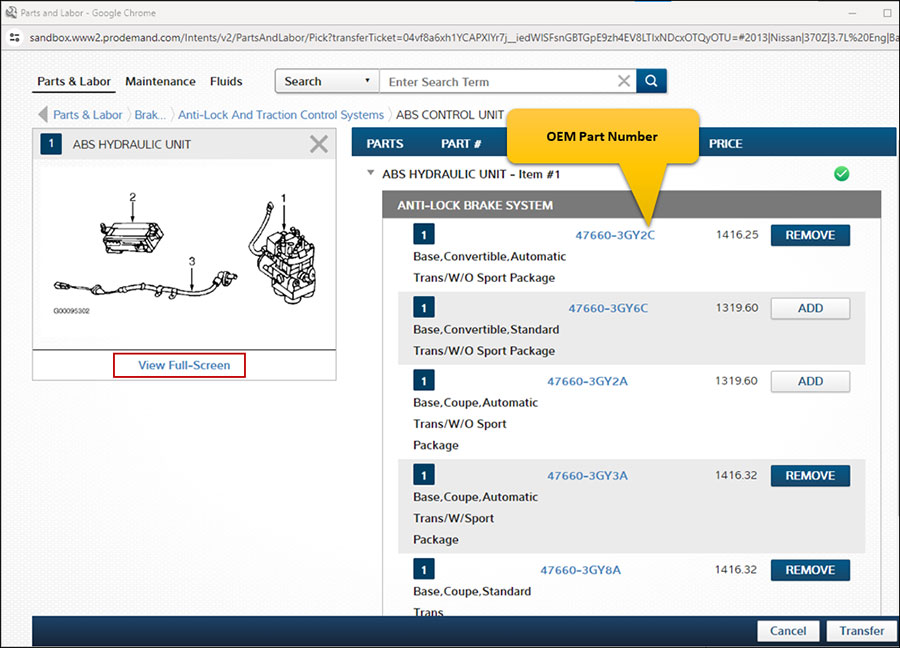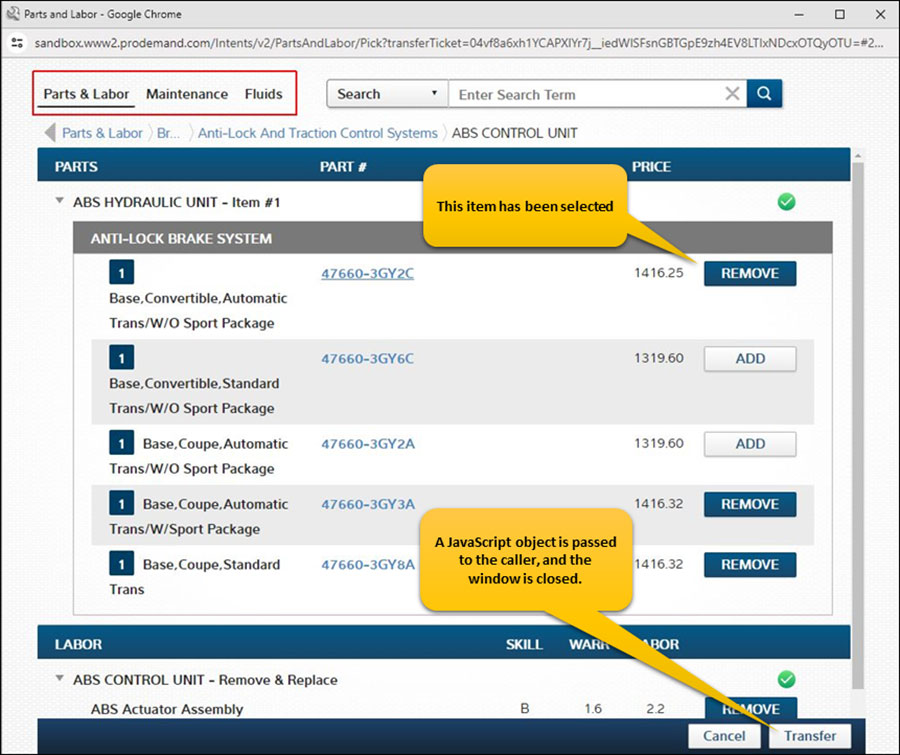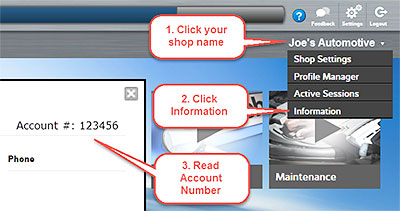 Mitchell 1 provides TPMS information to Modern Tire Dealer, an award-winning publication that writes editorial content geared to independent tire dealers. We’re sharing this content in our blog, with a link to the Modern Tire Dealer website where you can read the article in full. The TPMS information in this article may also be accessed in the reset procedures tab in our ProDemand® auto repair information software, along with other important reset procedure data for the selected vehicle.
Mitchell 1 provides TPMS information to Modern Tire Dealer, an award-winning publication that writes editorial content geared to independent tire dealers. We’re sharing this content in our blog, with a link to the Modern Tire Dealer website where you can read the article in full. The TPMS information in this article may also be accessed in the reset procedures tab in our ProDemand® auto repair information software, along with other important reset procedure data for the selected vehicle.
SUBJECT VEHICLES: Acura models covered and model year(s): ILX 2016, MDX 2007-16, RDX 2007-16, RLX 2014-16, TL 2009-14, TLX 2015-16, TSX 2009-14, ZDX 2010-13.
RELEARN PROCEDURE? Yes.
SPECIAL TOOLS NEEDED? The Honda Diagnostic System (HDS) or an OBD-II compatible scan tool.
With the Acura models listed, whenever the engine is running, the tire pressure monitoring system (TPMS) control unit continuously monitors all four tires and the system.
The system has seven indicators: four tire indicators, a low pressure indicator, a message indicator and a TPMS indicator. If the TPMS control unit detects pressure below the lower limit, it alerts the driver by turning on the low pressure indicator, turning on the appropriate tire(s) indicator on the multi-information display as well as the message indicator, and setting a diagnostic trouble code (DTC) in the control unit.
When the tire pressure is increased to normal the control unit will turn off the indicators and store the DTC(s). When two or more tire pressures are low, the low pressure indicator comes on about five seconds before the appropriate tire indicator. Once low pressure is detected, the system scans all four pressure sensors to ensure that it turns on the correct tire indicator. If a problem is detected in the system, the TPMS indicator will come on. If low tire pressure and a problem in the system are detected, only the TPMS indicator comes on.
When the system detects a problem, the TPMS control unit sets a code, but shifts to fail-safe mode, and does not alert the driver to low tire pressures. If the TPMS control unit loses power or fails, the TPMS indicator will come on, but no DTC will be set.
Tire pressure monitor warning indicators
NOTE: If a flat tire is replaced with the spare tire, and the flat tire is stored in the cargo area, the low pressure indicator will stay on but the appropriate tire indicator will go off. This prevents the customer from thinking there is a problem with the spare tire. When the flat tire is taken out of the vehicle for repair, the warning light will come on because the system is no longer receiving the signal from the tire’s transmitter.
NOTE: If the temperature drops and then rises, tire pressure could decrease just enough to turn on the low pressure and tire(s) indicators, but later increase enough to turn them off. This can be an indication that tires pressures are near the minimum acceptable specification.
NOTE: If the outside temperature is at or below -40 degrees Fahrenheit (-40 degrees Celsius), the system may not function properly.
If the TPMS control unit detects pressure below the lower limit, it turns on the low pressure indicator and the appropriate tire indicator(s) on the multi-information display, as well as the message indicator. When the tire pressure is increased to normal the control unit will turn off the indicators.
When two or more tire pressures are low, the low pressure indicator comes on about five seconds before the appropriate tire indicator. If a problem is detected in the system, the TPMS indicator will come on.If low tire pressure and a problem in the system are detected, only the TPMS indicator comes on.
When the system detects a problem, the TPMS control unit sets a code, but shifts to fail-safe mode, and does not alert the driver to low tire pressures. If the TPMS control unit loses power or fails, the TPMS indicator will come on.
If low tire pressure indicator and multi-information display indicator(s) are lit continuously due to low pressure in one or more tires, adjust tire inflation to proper pressure as indicated on the tire and loading information placard.
The light will remain on until tire pressure is properly set. If the warning light is still illuminated or the TPMS indicator is lit continuously, there is a problem in the TPMS. See appropriate manufacturer service information.Reset procedures
NOTE: When a tire pressure sensor is replaced or tires are rotated, the sensor ID must be memorized by the TPMS control unit. See “Memorizing sensor ID (automatically).” If the TPMS control unit has also been replaced, the Honda Diagnostic System (HDS) or an OBD-II compatible scan tool must be used to program information into new TPMS control unit. See “Memorizing sensor ID (using HDS).”
NOTE: Misalignment of the control unit and initiators could interfere with sending and receiving signals. Ensure the brackets on the TPMS control unit and front initiators are not bent.When the tire pressure warning light illuminates and a warning message appears, immediately check air pressure of all tires and adjust to the specified pressure. Ensure that the warning indicators go out.
Tire pressure sensor registration
NOTE: To ensure the control unit memorizes the correct ID, the vehicle with the new sensor must be at least 10 feet from any other TPMS tire pressure sensor not installed on that vehicle.
Memorizing sensor ID (automatically)
1) After rotating the tires or replacing a tire pressure sensor, drive the vehicle for at least 40 seconds at a speed of 15 mph (24 km/h) or more, and all the sensor ID(s) will be memorized automatically.
2) After the ID(s) are memorized, reduce the pressure in all four tires to less than the appropriate specification, and check to see that the four tire indicators come on.
Read more:
